-
Products
- Residential
- Commercial
- Home Enhancements
- Warranties
- Promotions
- Find a Dealer
- Sustainability
- Blog
- Contact
- Why Rheem
-

- Countries
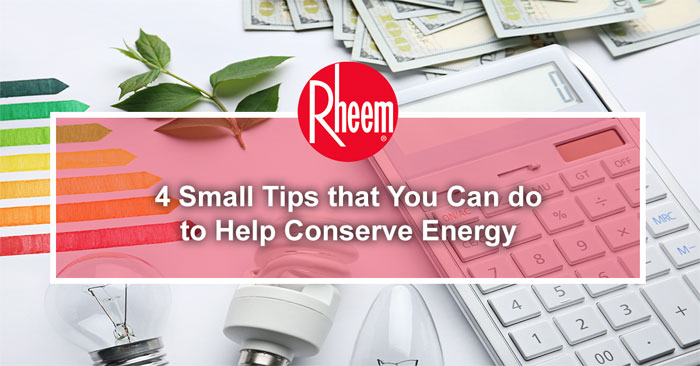
These days, with global warming changing the entire atmosphere of the world, energy conservation is now a hot topic for discussion. The overall daily temperature is slowly increasing, and it is evident that if we ignore taking care of the earth now, we will surely make things difficult for our future generations. And even though the topic of conserving the environment is always in the headlines, people seem to that think it is difficult to make changes at home to save energy.
But it is a misconception!
The truth is that to help conserve energy, it is only a matter of making a few crucial yet straightforward changes around the house. In this article, let’s discuss some simple ways to help with energy conservation at home.
Often in our daily routine, we use multiple lights and electrical appliances that we hardly notice that these appliances consume electrical energy. Even the most seemingly mundane appliance such as lights, if left unnecessarily turned on, can still cause a drain on energy consumption and add up over time. In other words, we may be using a bit more power than we realize.
By simply switching off lights when not in use, you can reduce unnecessary energy consumption. Alternatively, you can replace your light bulbs with one that comes with some energy-saving features to reduce consumption.
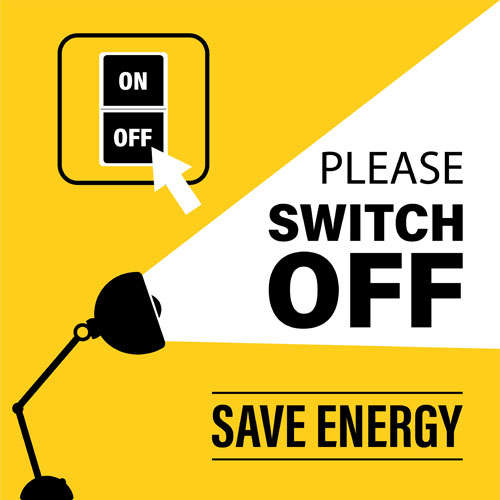
A power strip is a simple device that you can plug into a single-socket outlet in your wall so that it can be expanded into several sockets for other electronics to be plugged into. The apparent benefit of power strips is that you do not have to hire an electrician to install multiple single power point outlets whenever you need one. Instead, a single power point outlet can provide power source to multiple electrical appliances, maximizing the number of things that can be plugged into any given outlet.
However, you do need to be mindful about using power strips as there is a risk of overloading. When that happens, there is a possibility that your home will experience an electrical short circuit. This is where smart power strips come in.
By using smart power strips, electrical energy from the source power point can be distributed more evenly to the individual electrical appliance, while ensuring the appliance can still operate efficiently. Some smart power strips also come with voice controls, ability to schedule on/off times, or even monitor electrical usage. Hence, with smart electrical strips, you can better control and monitor your electrical usage so that you can lower your monthly utility bills.
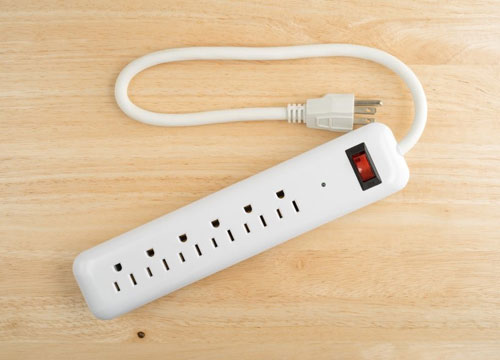
Air conditioners have become quite commonplace in many households now. Moreover, with Covid-19, many working professionals are forced to work from home. In a hot and tropical country like Malaysia, it can get pretty hot in the day, which forces many households to turn on the air conditioner more regularly to cool down the room.
However, did you know that the more you use air conditioners, the more you are causing harm to the environment? This is because according to reports, air conditioners contain cooling agents or refrigerants such as chlorofluorocarbons (CFC), which can damage our ozone layer and contribute to global warming. Apart from damaging the environment, using the air conditioner all day long can also result in sky-high utility bills.
But that does not mean you cannot use the air conditioner at all; you only need to use it smartly. Here’s how: turn on your air conditioner for shorter periods. Once the room is completely cooled down, turn off the air conditioner and switch on the fan so that the cool air can be circulated around the room. By switching to a fan, you can reduce your carbon footprint while lowering your electrical bill.
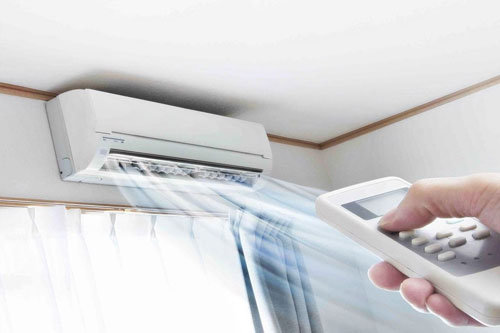
Last but not least is the usage of energy-saving electrical appliances. With advancements in technology, there are more and more new devices in the market that come with energy-saving features.
For example, to enjoy a hot shower, all you need is to install an electric water heater. Here in Malaysia, there are many families that have at least an instant water heater at home.
As the name suggests, instant water heaters provide hot water instantaneously, whenever you need it. This means that heating is only done when you turn on the faucet, which means that it only consumes electricity when being used, which is during showers. And since we do not spend most of our waking moments in the shower, the electrical consumption of this type of water heater shower is quite minimal. Moreover, the design of instant water heaters is usually small and compact, which means it does not need to take up a lot of space in your bathroom too!
Looking for tankless water heater suppliers? Consider Rheem! Rheem’s Prestige range of Electric Instant Water Heaters come with high-quality stainless-steel heating chamber as well as incoloy heating element to ensure durability. In the unlikely event of a component malfunction, the stainless-steel heating chamber as well as incoloy heating element are removeable too, which means you need only to replace the faulty parts instead of the entire water heater unit, saving you cost and effort from shopping for a new water heater unit. Lastly, Rheem’s Prestige range of Electric Instant Water Heaters are smartly programmed so that the outgoing water temperature remains consistent to provide you with a premium shower experience. To find out more about Rheem’s Prestige range of Electric Instant Water Heater, click here: https://www.rheemmalaysia.com/product/prestige-platinum-instant-shower
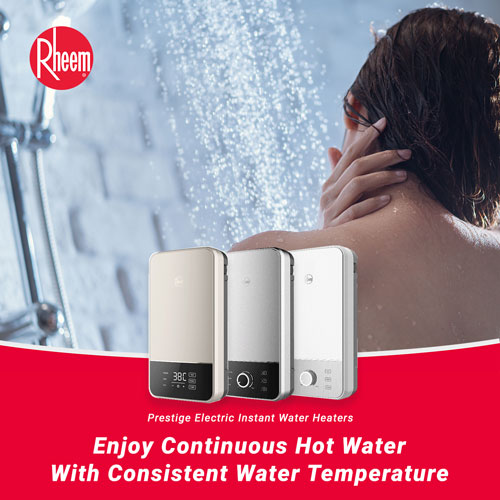
There are many ways to save energy at home, and the points mentioned above are just four simple ways you can start with at home today! By doing so, you can not only reduce your carbon footprint, but also enjoy some cost savings in your monthly utility bills. They are not difficult to start doing, so be sure to try out these steps today!
Subscribe

At Rheem, we strive to innovate
best-in-class products to lead the industry
in
environmental improvements.
Sustainability

